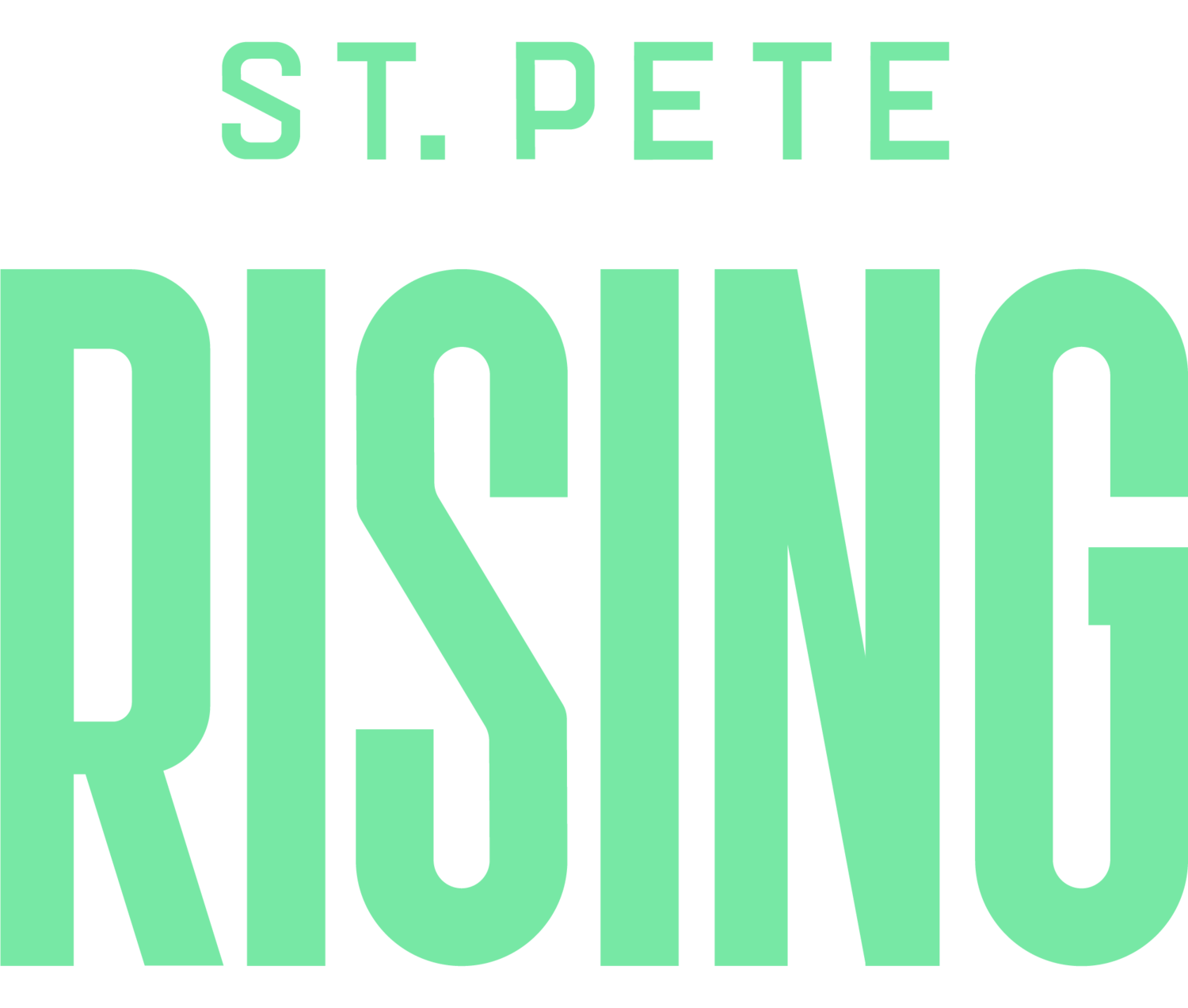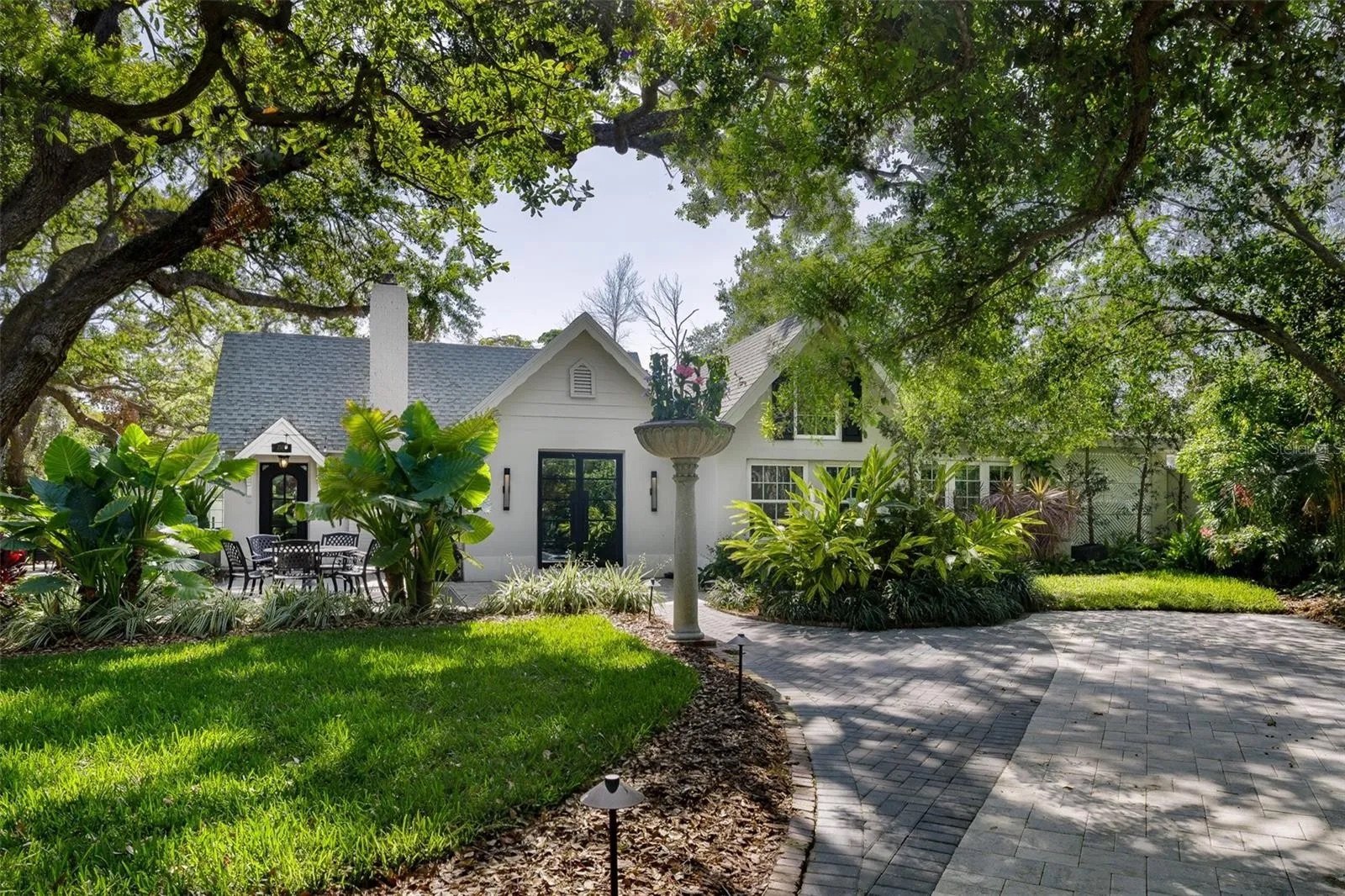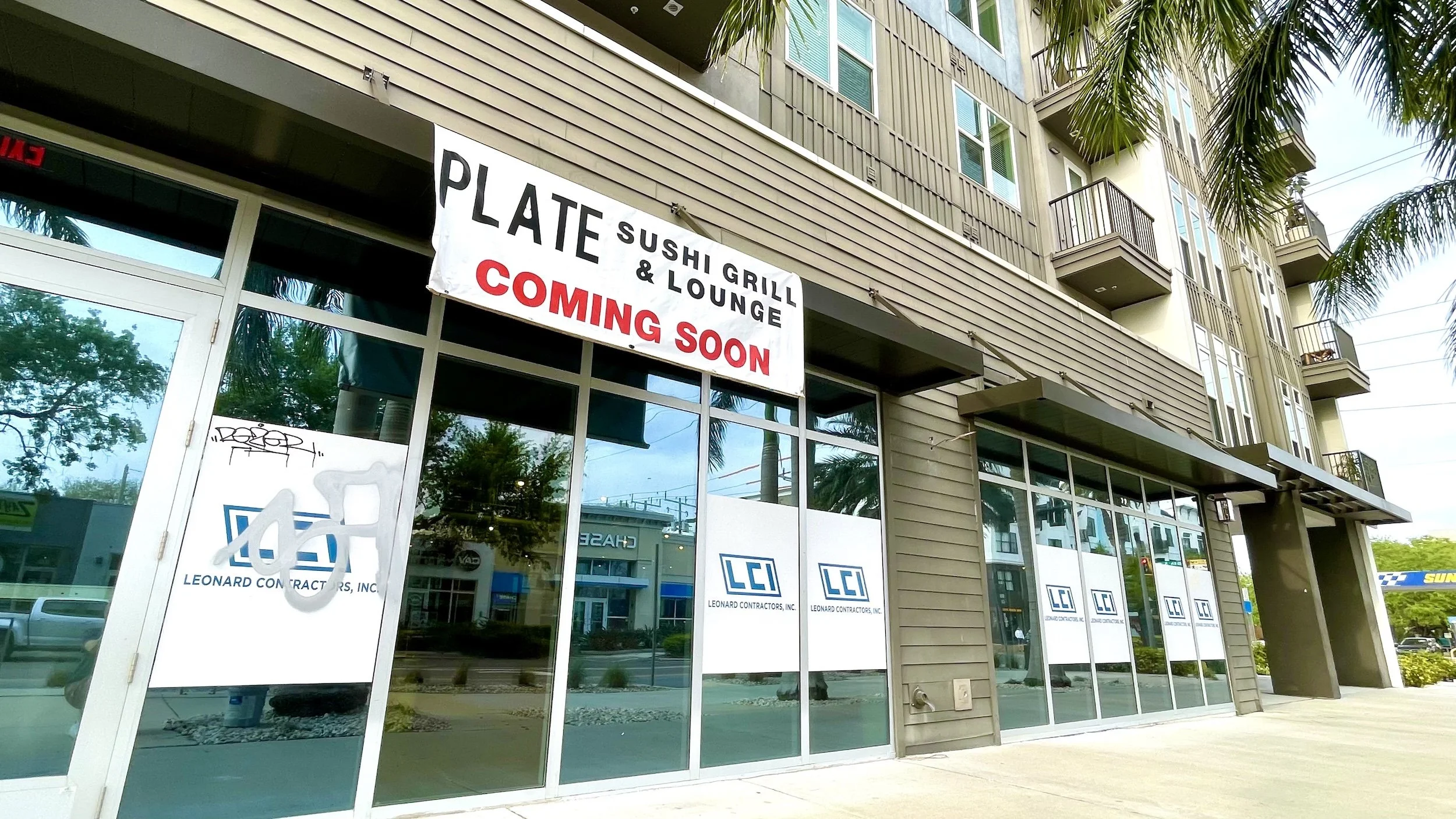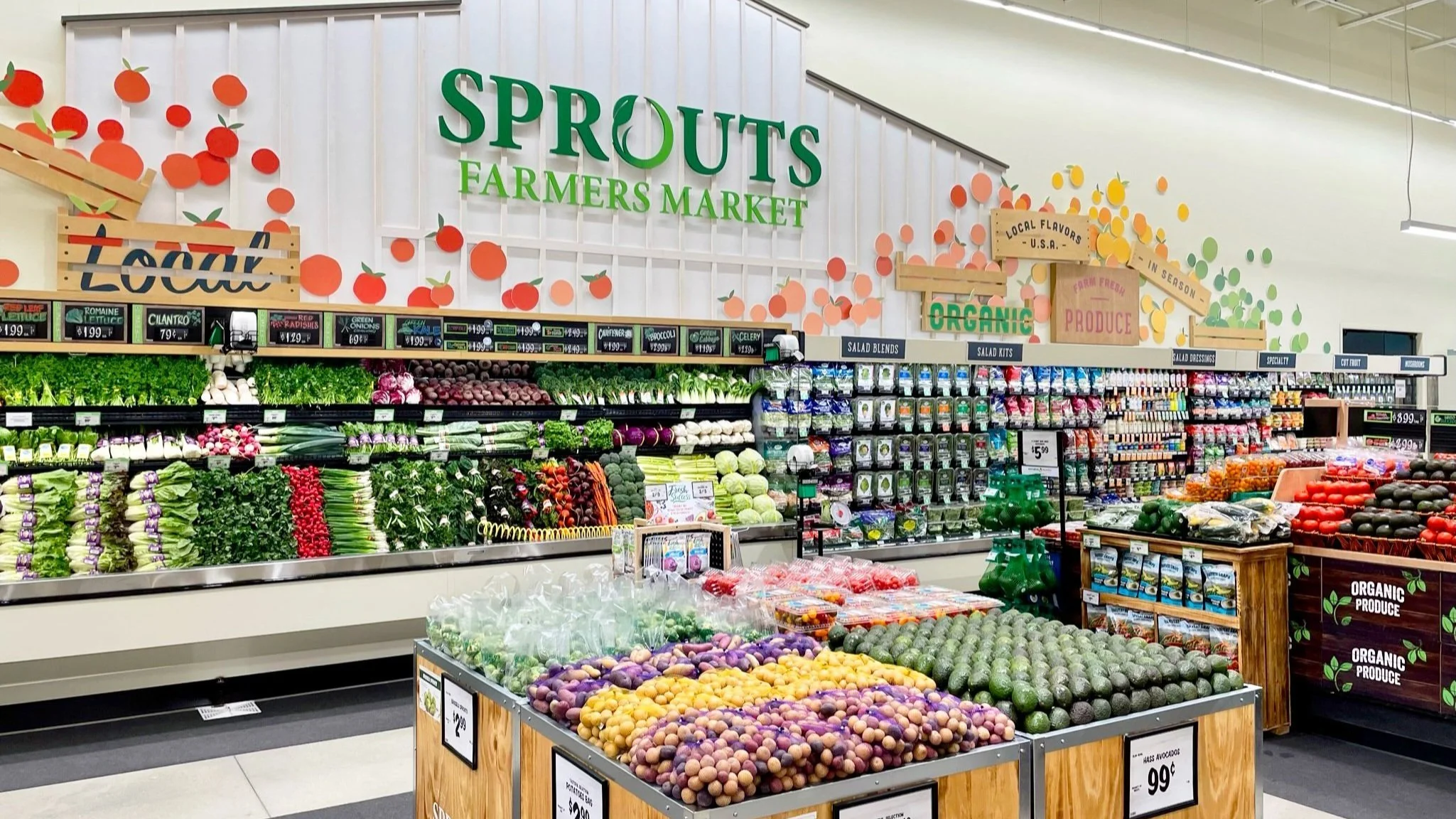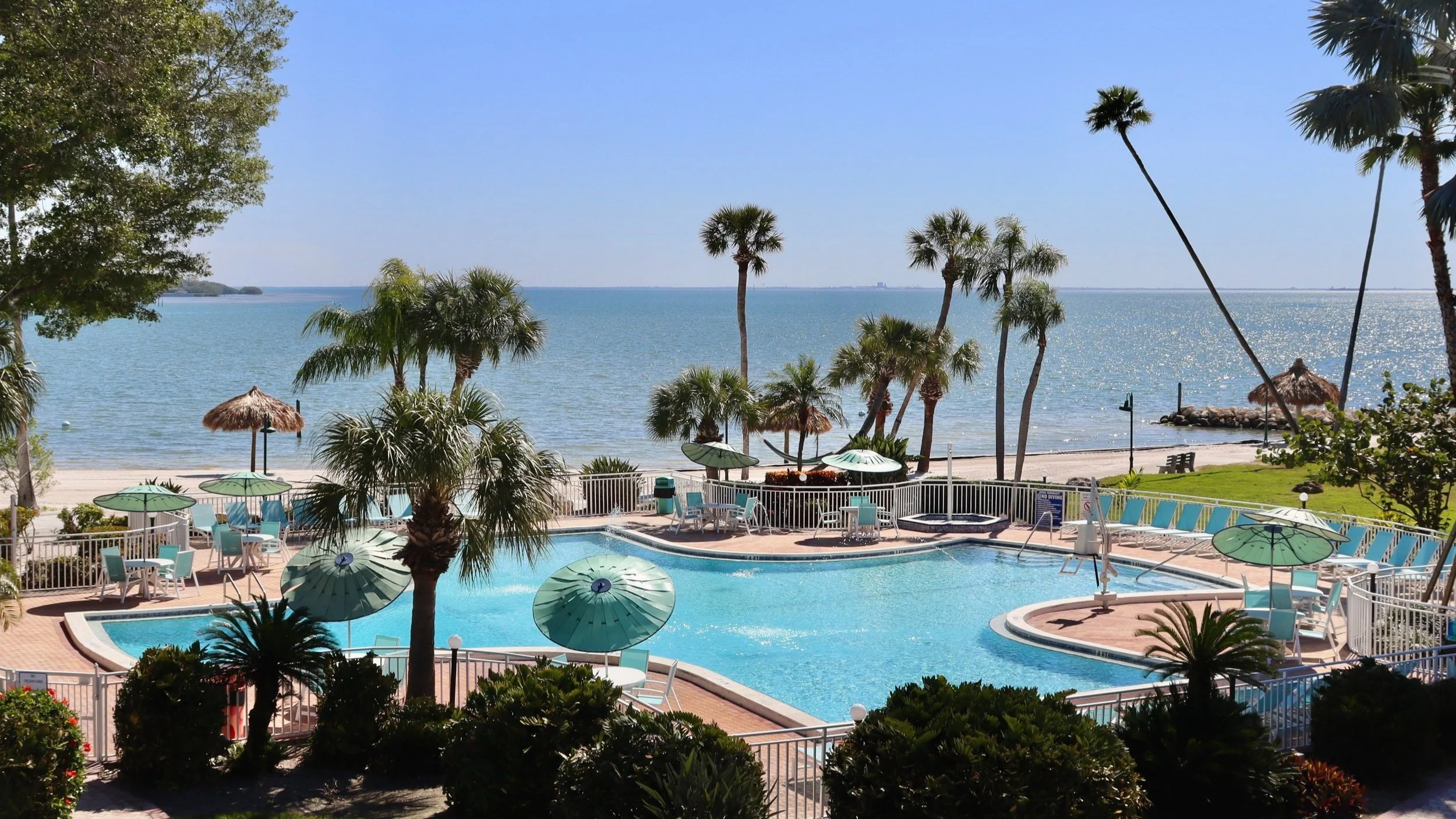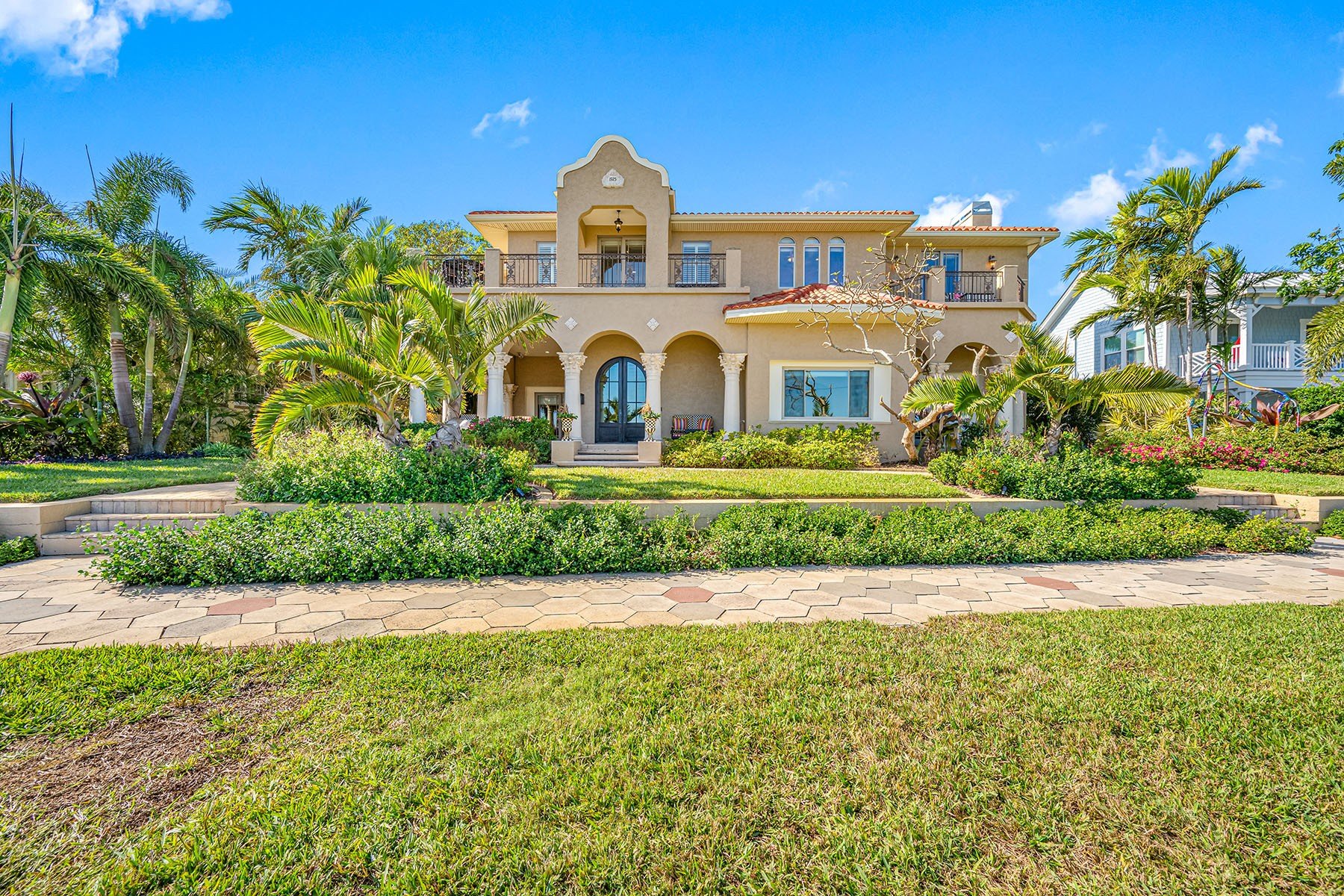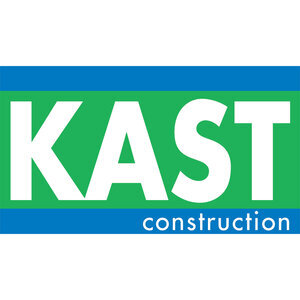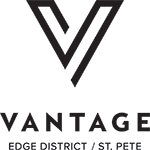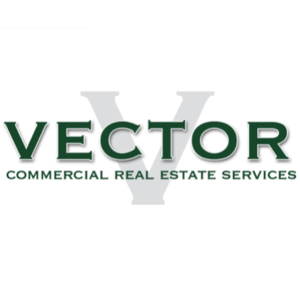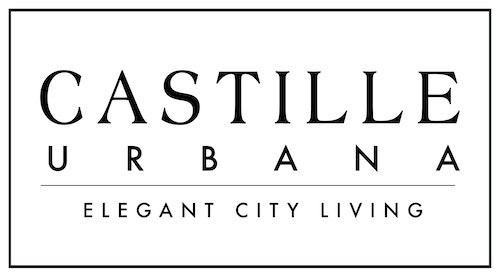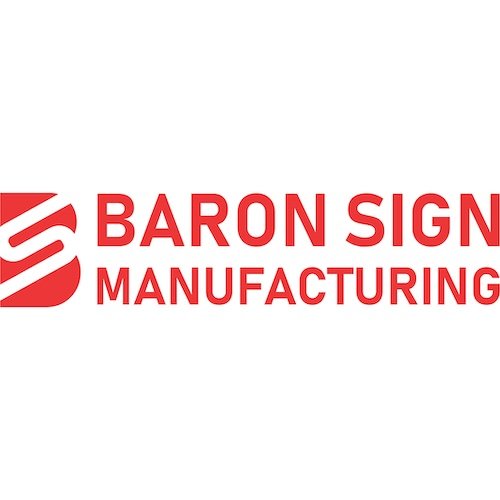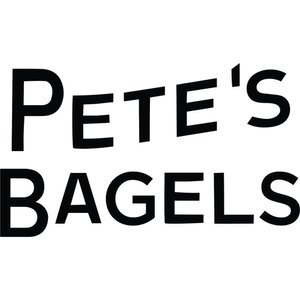Inside St. Pete’s Development Guide: Fostering equitable growth amid downtown population boom
/an aerial view of the downtown st. pete skyline | Krayer Zimring for ST. PETE DOWNTOWN PARTNERSHIP
It's no secret St. Petersburg is a jewel bustling with small locally-owned businesses and an activated waterfront, but there are glaring gaps in the residential and office markets.
Last week, the St. Petersburg Downtown Partnership released its 2024 Downtown St. Pete Development Guide, an annual resource tool providing a snapshot of the latest economic and commercial activity meant to encourage public and private stakeholders to spur healthy growth in the area. The report was designed by St. Pete-based branding and marketing agency Pyper, Inc.
"St. Pete wasn’t always a vibrant city with intentional development," Mayor Ken Welch said during the partnership's Development Summit hosted at The St. Pete Distillery on Tuesday, February 27th.
With the microphone in hand, Welch took the opportunity to highlight the proposed 86-acre Historic Gas Plant District redevelopment the Tampa Bay Rays and real estate developer Hines are expected to spearhead, promising to deliver thousands of residential units, office space, a new baseball stadium, and other city-desired assets.
Massive “once in a generation” projects and urban infill redevelopments are critical to propelling density and intensity in the Sunshine City.
A SUMMARY OF THE DEVELOPMENTS ANNOUNCED IN 2023 FROM THE DEVELOPMENT GUIDE | ST. PETE DOWNTOWN PARTNERSHIP
Over 900 people move to Florida per day. Within the past five years, downtown St. Petersburg’s diverse population has increased by 11%, bringing the total population to 16,800 residents.
"We need to understand what our current situation looks like, and then together, create a shared vision for our future," St. Petersburg Development Partnership CEO and President Jason Mathis emphasized to the event attendees.
Here's how the different market verticals are performing and what’s needed to accommodate healthy growth, according to the data presented in the 43-page 2024 Development Guide and insights from panelists at the Development Summit.
Office supply and demand
Sarah Lindemuth, Research Director for the St. Petersburg Downtown Partnership, said the St. Pete office market is "pulling ahead of the rest" in occupancy rates. St. Pete’s central business district (CBD) has an overall vacancy rate of 5.6%, while the national vacancy rate is 19%.
"Overall, we are the shining star," said Wendy Giffin, Executive Director of Cushman & Wakefield. "We have new developments underway, but it's not nearly enough for the demand we are seeing."
AN OVERVIEW OF DOWNTOWN ST. PETE’S MAJOR OFFICE BUILDINGS | ST. PETE DOWNTOWN PARTNERSHIP
"Employers desperately want employees back in the office. They are trading up from Class B offices to best-in-class, thinking by having the best amenities and space they will attract employees," commented Larry Feldman, President and CEO of local commercial real estate firm Feldman Equities.
Feldman said he was envious of downtown Tampa's new Class A offices, stating the Sunshine City needs to keep up.
"When you buy a piece of land today, it's cumbersome, and you're paying huge interest and insurance. If the process is slow, it will result in less development - in my view, that's what makes us a bedroom community versus a thriving metropolis," Feldman said.
According to the development guide, St.Petersburg currently has over 2 million square feet of commercial space while downtown Tampa has delivered 1 million square feet of new office space since 2021, noted Giffin.
However, that will soon change with upcoming projects such as The Central in the EDGE District, formerly known as Orange station, which will bring 125,000 square feet of Class A office space to the Sunshine City. The project represents the first non-build-to-suit Class A office space constructed in downtown St. Pete since the 1980's.
New York-based real estate firm Red Apple Group, headed by billionaire John Catsimatidis Sr., is under construction on 400 Central, a mixed-use 46-story condominium tower that will include 45,000 square feet of Class A office space.
a snapshot of downtown st. pete’s coworking space | ST. PETE DOWTOWN PARTNERSHIP
Giffin said office rental rates have generally increased by 20%, and St. Pete needs to be close to $70 per square foot to justify the construction of new standalone office space, which is more than double current market rents of $34 per square foot.
Lindemuth also pointed out how co-working hubs have created a safety net for office development. St. Pete boasts 200,000 square feet of co-working space with an occupancy of 86%.
Station House, Thrive, Industrious, Rising Tide Innovation Center, and the newly opened COhatch are among the co-working spaces supporting the entrepreneurial sector.
Residential market insights
There are 8,700 existing residential units downtown. Additionally, 2,200 units are under construction, and 5,900 units have been proposed.
The majority, or 61%, of downtown residents are renters, while only 39% are homeowners.
KEY RESIDENTIAL MARKET STATISTICS FROM THE DOWNTOWN DEVELOPMENT GUIDE | ST. PETE DOWTOWN PARTNERSHIP
This is largely due to escalating housing costs, which have increased by 7% over the past year. The median home cost downtown is $346,900.
According to the development guide, renters earn a median income of $34,030.
The average rent for a studio in downtown St. Pete is $2,459, outpacing the national average rent of $2,011.
Trends on the unit composition of downtown residential units | ST. PETE DOWTOWN PARTNERSHIP
On a positive note, national trends indicate rent growth is slowing.
The most sustainable way to reduce housing costs is to boost the supply. As the city is significantly built out, the only feasible way to gain greater density is to build vertically and practice innovative solutions.
St. Petersburg has a 10-year housing plan to encourage new construction through incentives and zoning, such as the city-initiated Neighborhood Traditional Mixed Residential (NTM-1) zoning, which increases the building density, allowing up to four units on nearly 3,000 parcels across the city.
There's also the Live Local Act, amending language from House Bill 1339, permitting affordable housing in otherwise impermissible areas and providing developers tax breaks.
Other downtown economic stats
There are 1,749 hotel rooms with 317 under construction and 811 keys planned
The city has gained 66% of net jobs over the past 25 years with 32,000 jobs based downtown
The leading workforce is in the health services industry, closely followed by leisure and hospitality
$68 of every $100 spent at local businesses stays in the community
The local art industry has a $133 million economic impact and supports 2,121 jobs
You can read the full 2024 Development Guide here.
